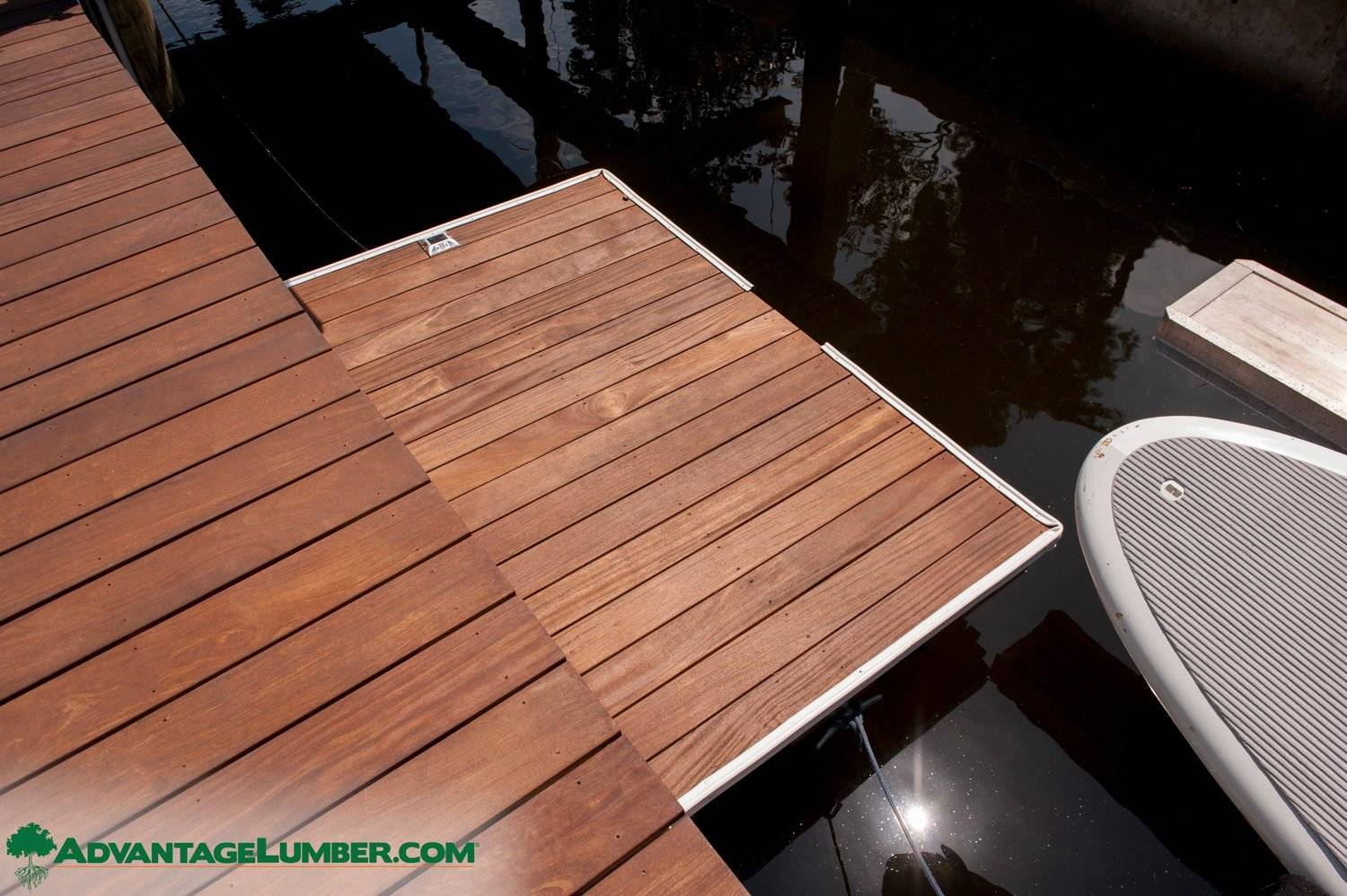You’re planning to build your deck, you ask your buddies and read the thousands of deck blogs and everyone seems to give you VERY different answers about what is the proper gap spacing you should be using for all your boards. The reason there’s so many answers is because there are many variables that dictate what gap spacing to use. In short, there’s no one answer that fits all but here are a few things to take into consideration.
- Drying Method: Exotic hardwoods can be Kiln Dried or Air Dried. Depending on which method the wood was dried, it will determine what gap spacing you use. Air dried wood can use a 3/32” or 5/32” gap while Kiln Dried wood should be using ¼” gap spacing. Typically, but not always true (because of other variables), kiln dried material can move more and need a wider gap to expand during the wet months.
- Environment: This is probably one of the more important variables when deciding what gap spacing to use. In areas where the climate changes according to the seasons, you want to take deck board movement into account. For instance in Buffalo, NY where you get hot summers and snowy winters, wood can move a lot and requires a different gap spacing to accommodate for the movement.
- Installation: If you’re installing decking over water or on areas that will see substantial amounts of rain or you don’t have don’t have 18” of space under it, using a wider gap will help boards move evenly in all four sides and prevent water from stagnating.
These are some of the three larger variables that will dictate what spacing to use. However, we always recommend that you go locally. Look for experienced exotic deck builders and ask what works best for your particular situation and if you’re doing everything yourself, give us a call! Our experienced sales people will guide you in the right direction.

What material do you use over the end when it has a substantial curve? Is there a thinner version of the same wood. I see curved pieces in pictures, but no discussion of those materials.
Ipe wood is incredibly tough to bend. We’ve seen people cut small kerfs in the back of a board then bend and fasten at least every 16 inches. We’ve also had customers order thin wood and laminate several layers with the curve they needed with strong epoxy. None of these methods are guaranteed and there’s some risk of them failing since your taking one of the strongest woods in the world and bending it when it doesn’t want to be bent. So do these at your own risk but we’ve heard some of these methods have worked and held up for many years.